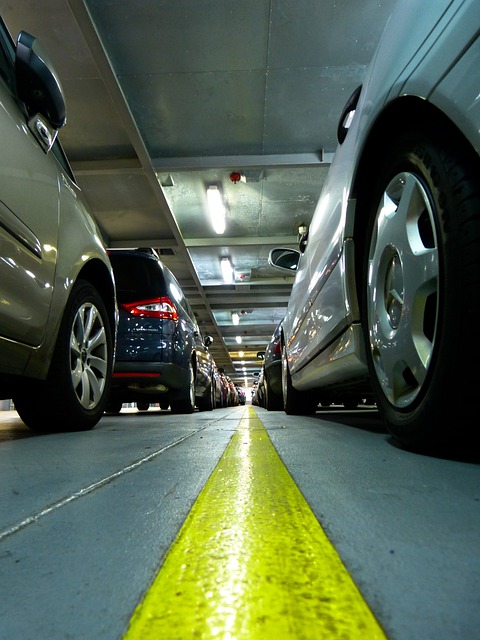When choosing green car shipping options, consider enclosed or open transport. Enclosed carriers offer climate-controlled, secure containers for high-end cars, minimizing damage and repair emissions but at higher costs. Open transport is cheaper and eco-friendly due to lower fuel consumption and carbon emissions, though it exposes vehicles to weather and potential wear. The best option depends on your vehicle's condition, budget, and desired protection during transit.
When it comes to transporting your vehicle, understanding the difference between enclosed and open car transport services is key. This article delves into the fundamentals of these two shipping methods, highlighting how they vary in terms of protection, cost, and efficiency. We explore environmental considerations in green car shipping, dissecting the benefits and drawbacks of each approach. Discover the ideal option for your needs among the available Green Car Shipping Options.
- Understanding Enclosed vs Open Car Transport: The Basics
- Environmental Considerations in Green Car Shipping
- Benefits and Drawbacks of Each Car Transport Method
Understanding Enclosed vs Open Car Transport: The Basics

When it comes to shipping your vehicle, whether across country or just around the block, you’ll encounter two primary options: enclosed and open car transport services. Understanding the difference is key when choosing a green car shipping option that aligns with your needs and environmental values. Enclosed carriers offer protection from the elements and potential damage during transit, ensuring your vehicle remains secure within a sealed, climate-controlled container. This method is ideal for high-end or classic cars, which require meticulous care and are particularly susceptible to environmental factors.
Open transport, on the other hand, involves loading your car onto a flatbed truck with minimal covering. While it’s more exposed, open shipping can be a cost-effective green car shipping option, as it allows for more flexibility in terms of loading and unloading and is suitable for vehicles that aren’t as delicate or valuable. When comparing enclosed vs. open transport, consider the type of vehicle you’re shipping, your budget, and the level of protection you want for your ride during its journey to its new destination.
Environmental Considerations in Green Car Shipping

When considering green car shipping, it’s crucial to explore enclosed and open transport services, each with unique environmental implications. Enclosed carriers offer a more protected environment for vehicles, reducing exposure to weather conditions and potential road hazards. This method is often preferred as it minimizes risk of damage to the cars, thereby lowering the need for subsequent repairs and associated emissions from manufacturing new parts.
On the other hand, open transport allows vehicles to be exposed to the elements during transit. While this may increase the likelihood of damage, it’s a more environmentally friendly option as it generally entails fewer fuel consumption and lower carbon emissions compared to enclosed transport, which often requires more energy for climate control. Choosing the right green car shipping method can significantly contribute to an overall sustainable transportation strategy.
Benefits and Drawbacks of Each Car Transport Method

Green Car Shipping Options: Enclosed vs Open Transport
Enclosed car transport offers several green shipping options advantages. It provides superior protection against environmental factors like harsh weather and road debris, ensuring your vehicle remains in pristine condition. Moreover, enclosed carriers typically operate at higher capacities, reducing the number of trips needed to transport a fleet, thereby lowering carbon emissions. This method is ideal for high-end or vintage vehicles where appearance is paramount.
However, enclosed transport comes with drawbacks. It’s generally more expensive than open transport due to the specialized equipment required. Additionally, while enclosed carriers offer better protection, they have less breathing space, which can lead to increased humidity and potential interior damage if not managed properly. Open transport, on the other hand, is more cost-effective and allows for better air circulation, but it exposes vehicles to external elements and may result in more wear and tear during transit.
When choosing between enclosed and open car transport services, understanding the unique advantages and disadvantages of each method is key. Enclosed transport offers superior protection against environmental elements and potential damage during transit, making it ideal for high-value or classic cars. On the other hand, open transport is more cost-effective and efficient for bulk shipments, though it exposes vehicles to weather conditions. For eco-conscious consumers, exploring green car shipping options with specialized carriers who prioritize sustainability can contribute to a more environmentally friendly transportation process. By weighing these factors, individuals and businesses alike can make informed decisions that best suit their specific needs in the realm of car shipping.
